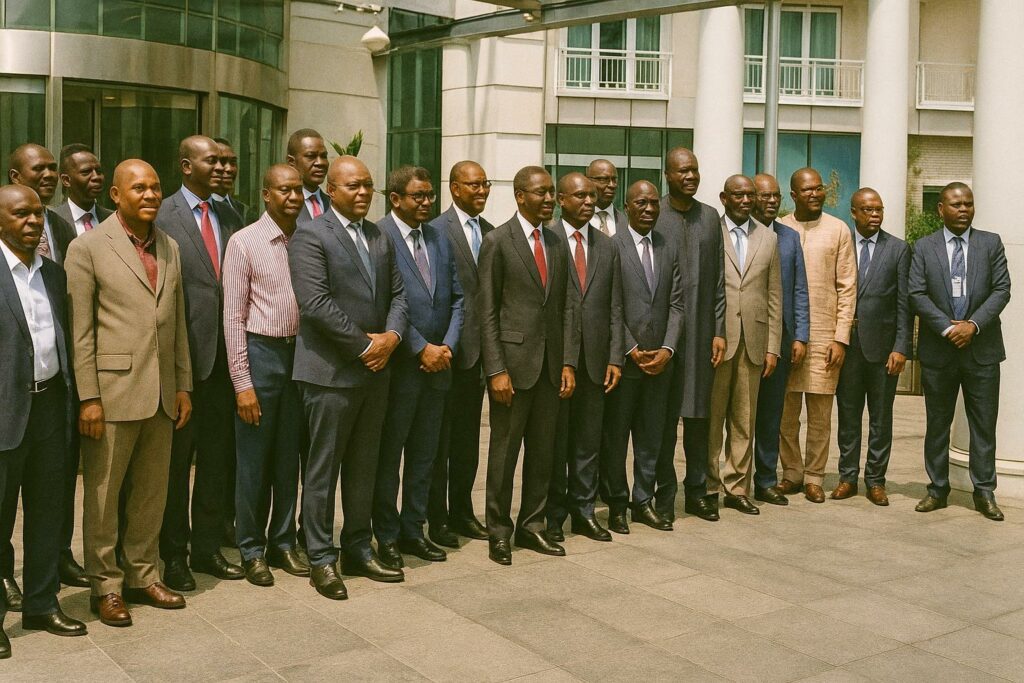A ceremonial milestone after eighteen months of silent implementation
When Minister of Economy, Plan and Regional Integration Ludovic Ngatsé finally declared Proclimat Congo operational on 16 June 2025, seasoned observers noted that the programme had already been active on the ground since October 2023. The choreography of the Brazzaville ceremony, attended by senior World Bank officials, therefore served less as a commencement than as a diplomatic signal that the Republic of Congo intends to anchor its development narrative in climate credibility.
Financing architecture that blends loans, grants and concessional windows
Proclimat’s US$132 million envelope combines a US$70 million loan from the International Bank for Reconstruction and Development, a US$12 million ProGreen grant and a US$50 million top-up from the International Development Association. Such triangulation illustrates the World Bank’s increasingly hybrid approach to middle-income countries with pockets of fragility, allowing Brazzaville to access near-market financing while still benefiting from concessional resources earmarked for climate adaptation (World Bank Project Appraisal Document 2023).
Strategic alignment with Congo’s climate commitments and Vision 2025
Government planners are keen to stress that Proclimat dovetails with the nationally determined contribution submitted under the Paris Agreement and with the strategic pillar of economic diversification enshrined in the 2025 National Development Plan. In his keynote address, Minister Ngatsé insisted that “the project transcends sectoral silos by treating resilience, social equity and structural transformation as mutually reinforcing objectives”, a discourse echoing Brazzaville’s recent pledge to increase forest cover protection to 60 percent by 2030 (Ministry of Environment communiqué 2024).
Governance mechanisms designed to foster local ownership
Unlike earlier top-down rural interventions, Proclimat assigns decision-making power to departmental platforms where customary chiefs, women’s groups and prefectural officials sit alongside technical ministries. The arrangement answers a recurrent criticism from civil-society organisations that externally funded projects often bypass communal structures. According to project coordinator Ferdinand Sosthène Likouka, “such co-governance reduces the transaction costs of adaptation by turning beneficiaries into co-investors of public goods”.
Early pilots that predate the launch offer proof of concept
Field reports compiled by the dedicated Monitoring Unit reveal that twenty-seven villages in Plateaux and Cuvette have already adopted climate-smart cassava cultivation, cutting post-harvest losses by 18 percent while increasing female income by an average CFA 14 000 per season. Parallel health campaigns have vaccinated one hundred ninety-two thousand heads of small ruminants against peste des petits ruminants, thereby shielding household assets vulnerable to erratic rainfall (FAO Congo bulletin February 2025).
Regional significance and the quest for a Central African demonstration effect
World Bank Central Africa Director Ousmane Diagana described Proclimat as “a lighthouse project likely to illuminate pathways for other Congo Basin countries seeking to monetise climate stewardship”. His assessment dovetails with studies by the African Development Bank indicating that the subregion’s adaptation finance gap still exceeds US$11 billion annually. By publicly showcasing detailed fiduciary safeguards and a gender-sensitive results matrix, Brazzaville positions itself as a credible interlocutor in forthcoming carbon-market negotiations under Article 6 of the Paris Agreement.
Outlook: scaling rural value chains while safeguarding fiscal prudence
Looking beyond the ceremonial optics, the durability of Proclimat will hinge on its ability to crowd-in private capital for agro-forestry, non-timber forest products and eco-tourism before the World Bank envelope reaches sunset in March 2028. The Ministry of Finance has already signalled its intention to pilot green bonds denominated in FCFA, an innovation that could amplify resource mobilisation without exacerbating sovereign risk. For diplomatic observers, the project’s trajectory will thus serve as a barometer of Congo’s determination to translate climate diplomacy into investable realities.

